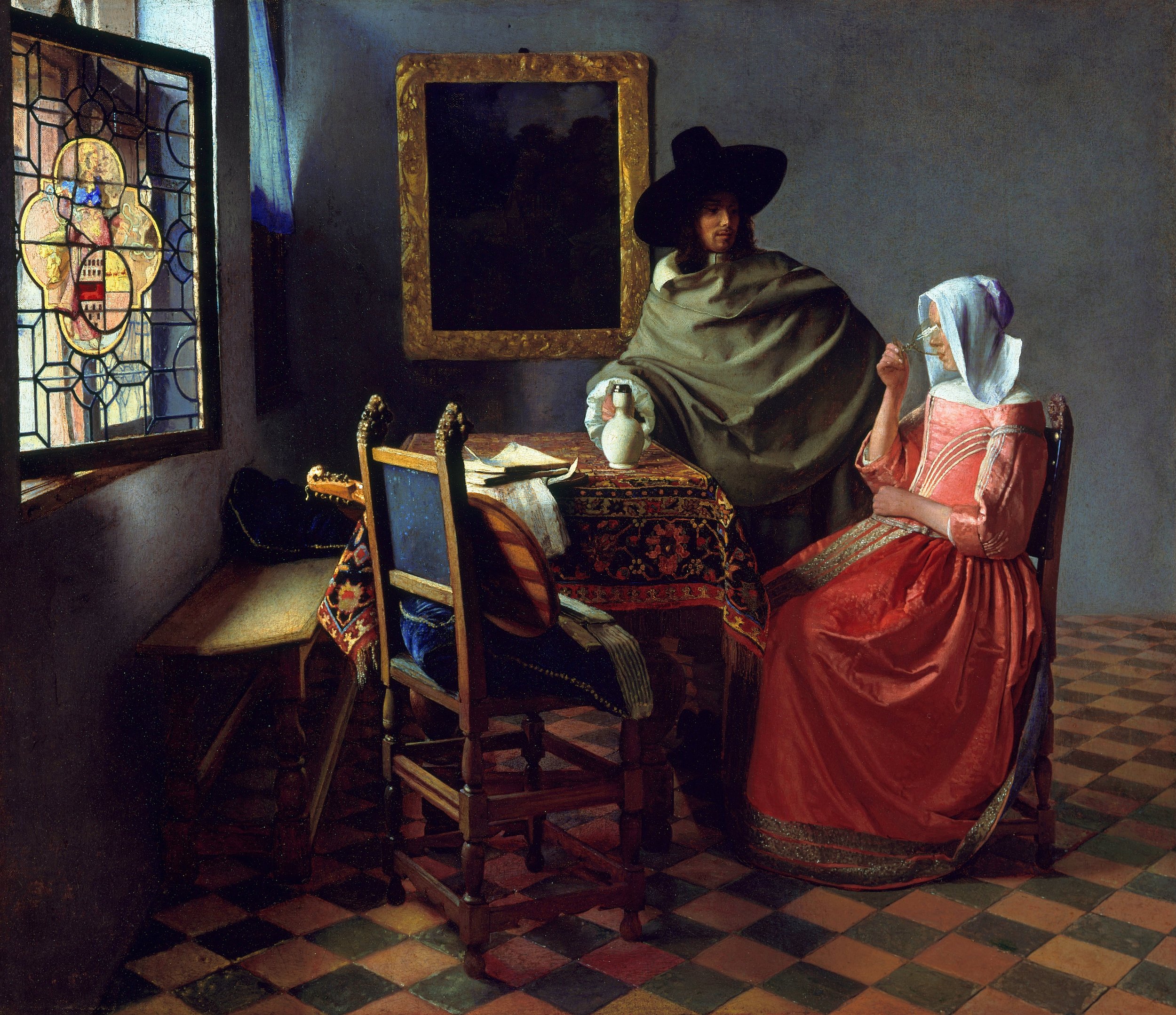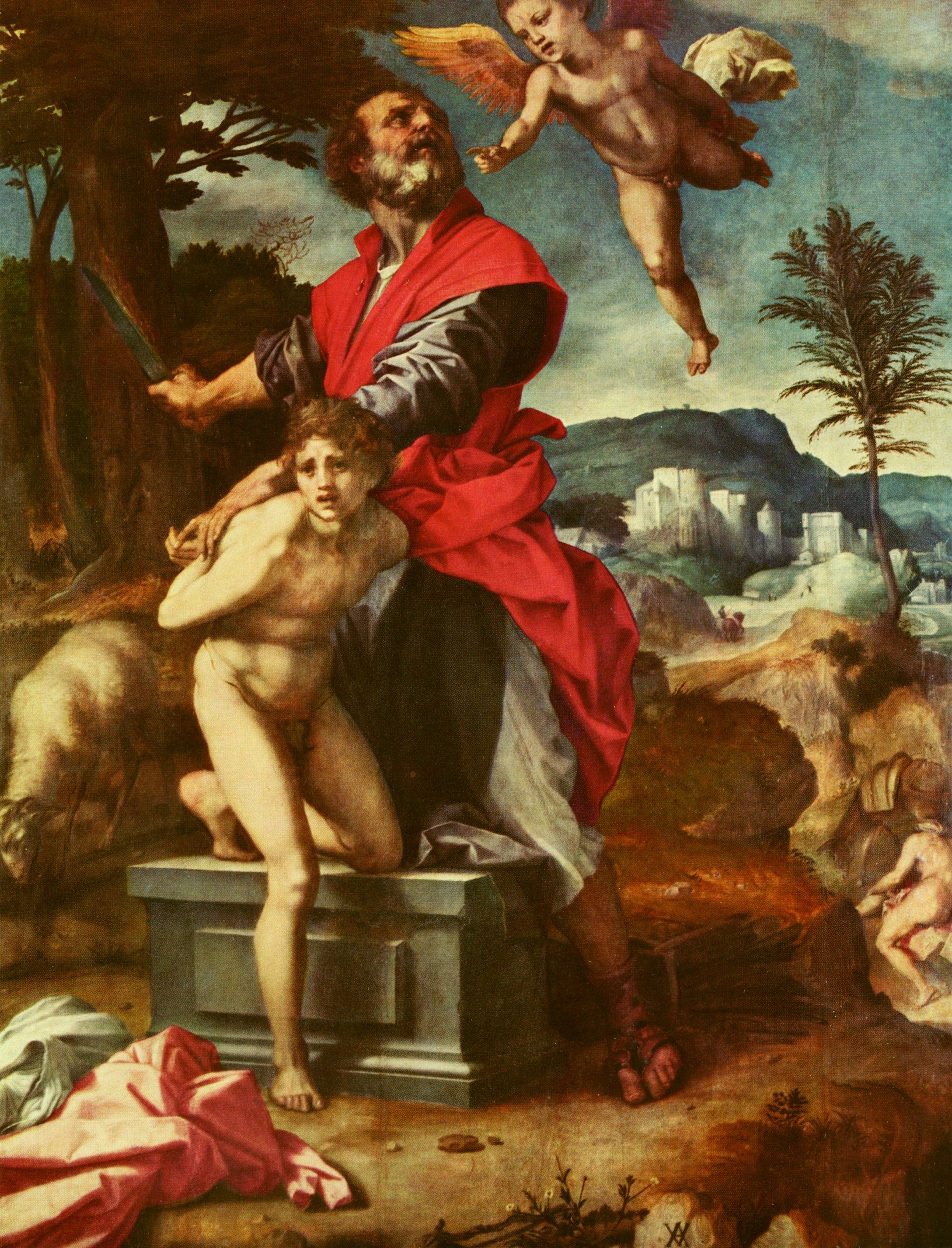The Evolution of Vermilion
Vermillion Paint Swatch by Winsor & Newton.
Vermilion, known for its vivid, bright red hue, has played a significant role in the art and cultural expressions of societies throughout history. This pigment, whose primary component is mercury sulfide (HgS), presents a fascinating study of both the technological advancements in pigment production and the shifting paradigms of its cultural significance and usage.
Origins and Historical Use
Vermilion’s story begins with its synthetic creation by the ancient Romans, who devised a method to manufacture the pigment by combining sulfur and mercury. The resulting mercury sulfide forms a brilliant red pigment that was highly valued for its opacity and durability. Before its synthesis, however, cinnabar, the natural ore form of mercury sulfide, was used as a pigment. Traces of cinnabar have been found in the decorative arts of ancient civilizations across the globe, from the tomb paintings of the Egyptians to the texts of the Mayans.
Wall painting of a bull, deer and man from Çatalhöyük; 6th millennium BC. Image by Georges Jansoone.
The earliest evidence of cinnabar used as a pigment dates back to the Neolithic village of Çatalhöyük in modern-day Turkey, where it was used around 8,000 years ago. This finding suggests that the allure of bright red vermilion has a long and widespread history.
The extraction and processing of natural cinnabar were labor-intensive and hazardous, due to the toxic nature of mercury. Historical sites where cinnabar was mined, such as Almadén in Spain, Huancavelica in Peru, and Monte Amiata in Italy, became critical to the economies and artistic outputs of these regions. The mines in Almadén, for example, were so prolific that they supplied most of the mercury for the Roman Empire and later for the Spanish colonial ventures in the Americas.
Production Methods
The synthetic production of vermilion involves the sublimation of mercury and sulfur. The two elements are combined and heated, after which they undergo a chemical reaction to form mercury sulfide. This substance then condenses as a fine red powder, which is ground and purified to produce the vermilion pigment used by artists.
This process, known as the 'dry process,' was hazardous due to the toxic nature of mercury vapors released during sublimation. An alternative 'wet process' also existed, which involved mixing mercury with a solution of sulfur in potassium hydroxide. This method was less toxic but produced a pigment of inferior quality compared to the dry method.
Health Risks and the Shift to Synthesis
The process of creating vermilion synthetically was not only an artistic endeavor but also an industrial one, reflecting early chemical engineering techniques. The synthesis allowed for greater production and accessibility of the pigment, although it did not alleviate the health risks associated with mercury exposure. Artisans frequently suffered from mercury poisoning, manifesting as tremors, mood swings, and ultimately, severe neurological damage—a condition historically known as the "mad hatter disease" due to its prevalence among hat makers who used mercury nitrate.
Despite these risks, the demand for vermilion continued unabated due to its unmatched colour quality in artwork. The pigment was extensively used in medieval manuscripts and Renaissance paintings, often reserved for depicting the robes of important figures such as the Virgin Mary and Christ, highlighting its significance in iconography and its symbolic association with life and vitality.
Cultural Significance
The cultural implications of vermilion are as varied as the societies that used it. In China, vermilion was synonymous with luck and prosperity and was used to paint the doors of temples and homes as a protective charm against evil spirits. In India, vermilion holds a sacred place in Hindu ceremonies; it is used in the sindoor, a mark applied on the forehead of married women.
Over the centuries, vermilion maintained its status not merely as a colour but as a symbol of power, wealth, and divinity, given its vibrant hue and the difficulties involved in its production. Its use in art and decorations was as much a statement of prestige as it was an aesthetic choice.
Famous Artworks Featuring Vermilion



Vermilion has been used in several renowned works of art through the ages. One of the most notable is Sandro Botticelli’s "The Birth of Venus," where vermilion is used to depict the vivid red cloaks and garments, highlighting its importance in Renaissance colour palettes. Leonardo da Vinci also used vermilion in his famous work "The Last Supper" to give life to the robes and draperies, showcasing its enduring role in artistic expression.
In the modern era, artists continued to favor vermilion for its brilliant and enduring colour until the development of safer and more stable synthetic alternatives.
Conclusion
Today, the use of authentic vermilion has declined due to the availability of safer, synthetic alternatives. Modern pigments such as vermillion hues and cadmium red offer similar vibrancy without the health risks associated with mercury. However, vermilion’s impact on the history of art and its role in various cultural contexts cannot be understated. It remains a subject of interest not only for its aesthetic qualities but also for its broader implications in discussions on the interplay between art, technology, and society.
The evolution of vermilion, from a prized natural resource to a synthetically produced commodity, reflects broader themes in the history of materials science and cultural practices. It serves as a poignant reminder of the ways in which human health, environmental considerations, and the pursuit of artistic excellence are deeply intertwined and often conflicting forces in the development of material culture. As we continue to explore and understand the materials of the past, vermilion stands as a brilliant red thread woven through the fabric of human history, connecting eras, cultures, and innovations.


